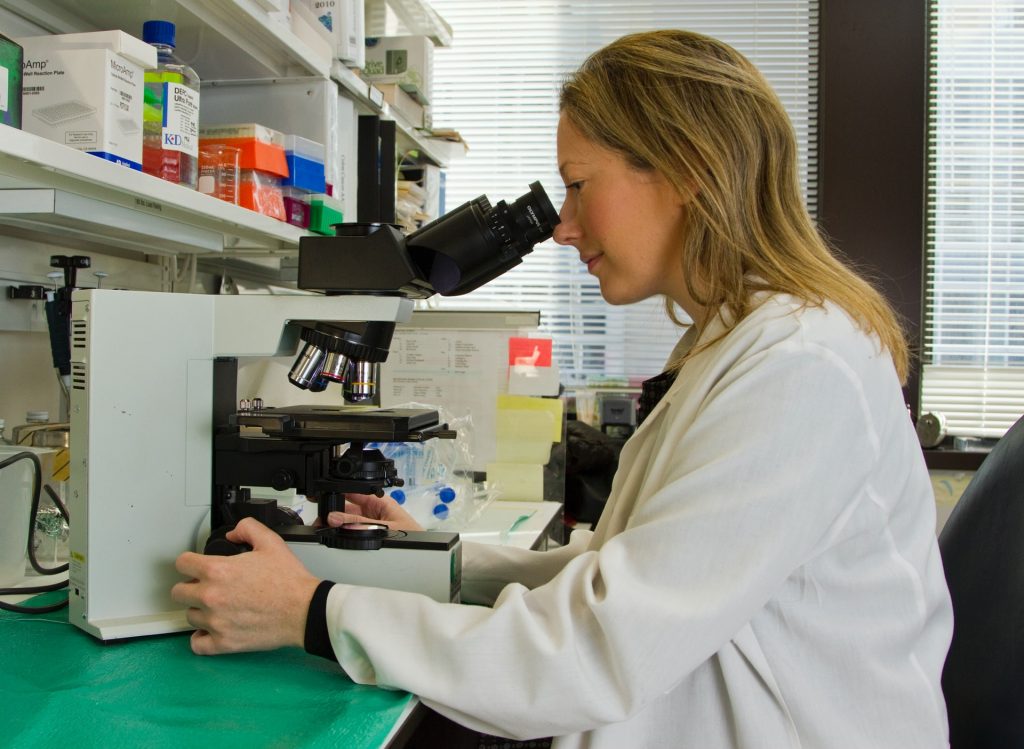
Researchers at Texas A&M University are advancing organ-on-a-chip devices to new levels, which may change the way clinicians approach cancer treatment, particularly for ovarian cancer.
The research team, led by Abhishek Jain, an assistant professor in the Department of Biomedical Engineering with a joint appointment in the College of Medicine, has developed a device focusing on platelets. The ovarian tumour microenivornment-chip (OTME-Chip) is about the size of a USB and models the properties of a tumour in a laboratory setting. The microdevice is able to recreate events within platelets circulating in the blood as they approach the tumour, making it more potent and metastatic.
“We claim several novelties in technological design as well as biological capabilities that didn’t exist in prior organs-on-chips,” Prof Jain said.
Advances in organ-on-a-chip microdevices allow researchers to discover more about cancer outside the human body. These organs-on-chips serve as a model of the state a cancer patient is in, giving clinicians a chance to find the correct treatment before administering it to the patient.
“We are creating a platform technology using the organ-on-a-chip approach where tumour biology can be advanced, and new drugs can be identified by recreating the platelet-tumor and platelet-tumour-drug interactions under the influence of flow, supporting blood vessels and the extracellular matrix,” Jain said.
Ovarian cancer is one of the leading causes of cancer deaths for women in developed countries. Tumours typically form deep inside a patient’s tissue, and it can be difficult to obtain real-time information of the tumour’s properties and its interaction with blood cells. Ovarian tumours can also rapidly metastasise, meaning that analysis and intervention must be prompt.
The OTME-Chip builds on current understanding of how blood platelets move inside tumour tissue and what triggers them to spread outside the tumour. The actual mechanism behind this process, however, had remained mostly unknown, until now.
“For the first time, we identified a crucial interaction between platelets and the tumor via their surface proteins,” Prof Jain said. “By applying high-resolution imaging, advanced cell and molecular readouts and RNA sequencing methods leveraging the OTME-Chip, we discovered the actual genetic signaling pathways behind the blood cell triggered metastasis of ovarian cancer and a new drug strategy to stop this process.”
Their study was recently published in the journal Science Advances.
Prof Jain said the OTME-Chip has several applications, both in observing cancer cells interactions with vascular and blood cells and testing novel complementary ways to treat cancer.
“This multimodal OTME-Chip is going to provide an ideal platform to the health care researchers to evaluate their anti-cancer, vascular and haematological drugs individually or in combination in an artificially created human-level tumor microenvironment,” Prof Jain said.
Source: Texas A&M University
Journal information: Saha, B., et al. (2021) Human tumor microenvironment chip evaluates the consequences of platelet extravasation and combinatorial antitumor-antiplatelet therapy in ovarian cancer. Science Advances. doi.org/10.1126/sciadv.abg5283.

